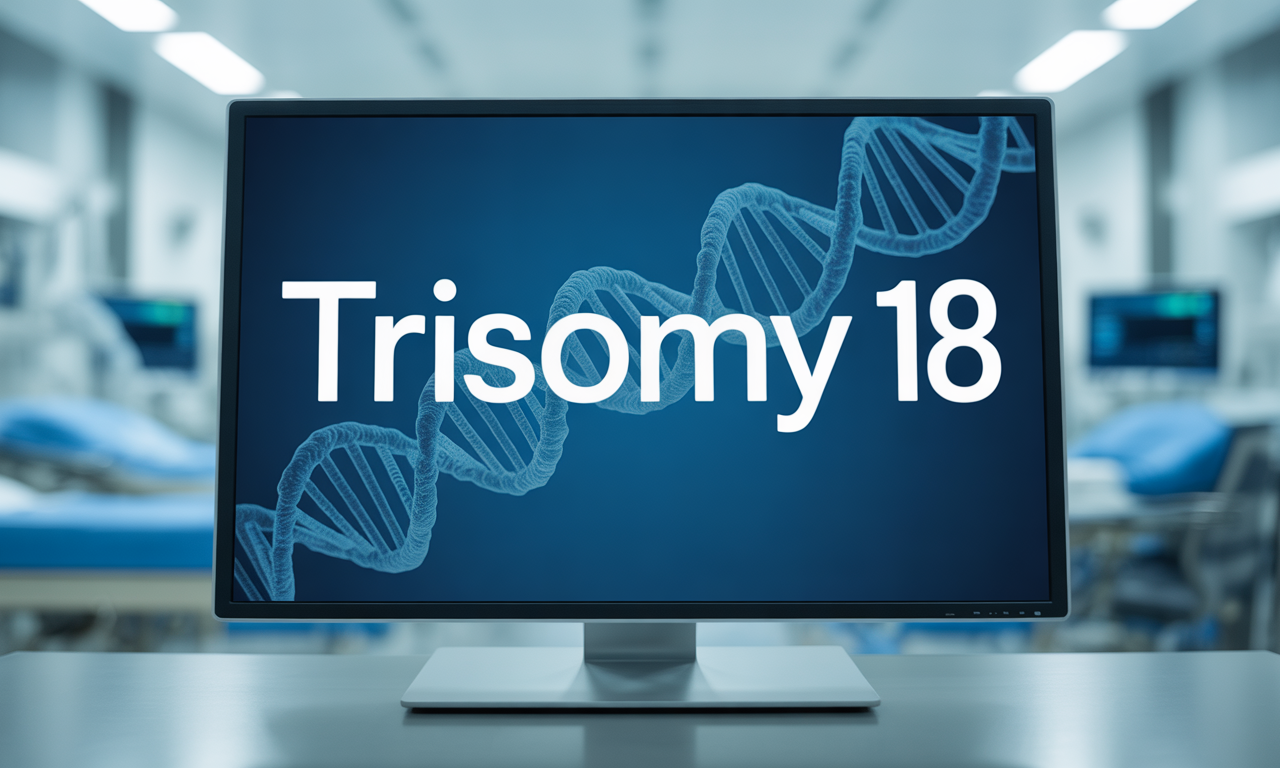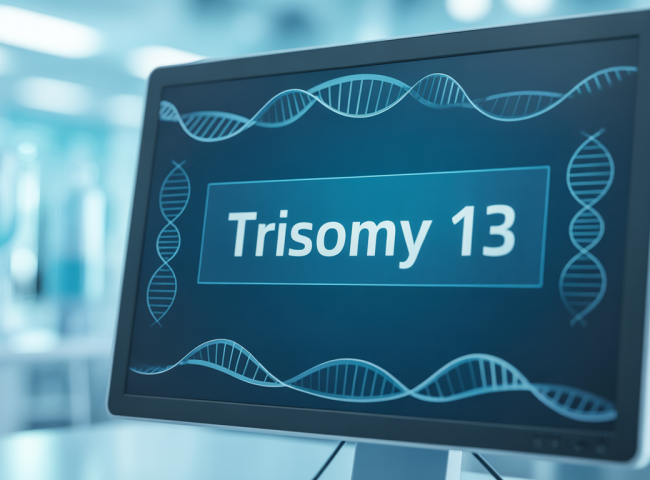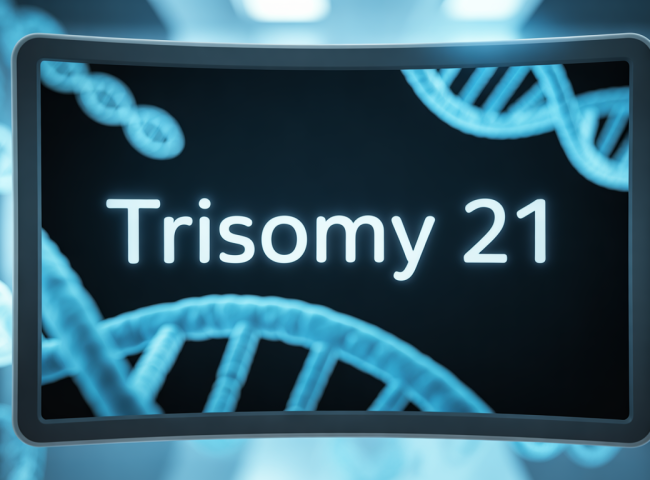What Is Edwards Syndrome?
Edwards Syndrome, also known as Trisomy 18, is a rare and serious genetic condition caused by the presence of an extra copy of chromosome 18. This additional genetic material disrupts normal development, leading to multiple birth defects and significant medical complications. Trisomy 18 is the second most common autosomal trisomy after Down Syndrome but is much more life-limiting.
Causes of Edwards Syndrome
The causes of Edwards Syndrome are due to a genetic error during cell division, typically during the formation of egg or sperm cells. This error leads to three copies of chromosome 18 instead of the usual two.
There are three types of Trisomy 18:
- Full Trisomy 18 (Nondisjunction): Every cell in the body has an extra chromosome 18. This is the most common type.
- Mosaic Trisomy 18: Only some cells contain the extra chromosome.
- Partial Trisomy 18: A portion of chromosome 18 is attached to another chromosome.
Most cases are not inherited and occur randomly.
Edwards Syndrome Symptoms
Common Physical Features
Babies with Trisomy 18 often have several physical characteristics, including:
- Low birth weight
- Small, abnormally shaped head
- Cleft lip or palate
- Clenched fists with overlapping fingers
- Clubfeet or rocker-bottom feet
Developmental and Health Complications
Other Edwards Syndrome symptoms may include:
- Severe developmental delays
- Congenital heart defects
- Breathing and feeding difficulties
- Kidney problems
- Increased risk of stillbirth or early death
Diagnosis of Trisomy 18
Prenatal Screening
The diagnosis of Trisomy 18 can begin during pregnancy using:
- Ultrasound: Detects structural abnormalities.
- Maternal blood tests: Look for hormone and protein markers.
- Non-invasive prenatal testing (NIPT): Screens fetal DNA in the mother’s blood.
Confirmatory Diagnostic Tests
If screenings indicate a risk, more definitive tests include:
- Amniocentesis or Chorionic Villus Sampling (CVS): Analyze fetal chromosomes.
- Postnatal karyotyping: Confirms Trisomy 18 after birth using a blood sample.
Edwards Syndrome Treatment and Support
There is no cure for Trisomy 18, and Edwards Syndrome treatment focuses on supportive care. Depending on the child’s condition, treatments may include:
- Specialized feeding techniques
- Breathing support or oxygen therapy
- Surgical treatment for heart or organ defects (in select cases)
- Palliative or hospice care for comfort
- Physical and developmental therapies
Medical decisions are often guided by the severity of symptoms and family preferences.
Living With Edwards Syndrome
While life expectancy is typically short, a small number of children—especially with mosaic or partial Trisomy 18—can live longer with ongoing medical care. Supportive services help families cope and make informed decisions.
Key Takeaways
- What is Edwards Syndrome? A rare chromosomal disorder caused by an extra chromosome 18.
- Causes of Edwards Syndrome: Usually a random genetic error during cell division.
- Edwards Syndrome symptoms: Physical abnormalities, organ defects, and severe developmental delays.
- Diagnosis of Trisomy 18: Can be done during pregnancy or after birth through chromosome testing.
- Edwards Syndrome treatment: Supportive care, therapy, and sometimes surgery for specific issues.
Understanding Trisomy 18 allows families and medical teams to provide compassionate, personalized care from the start.
FAQs About Edwards Syndrome (Trisomy 18)
Q1: What is the cause of Edwards Syndrome?
It is caused by an extra copy of chromosome 18 due to a cell division error, typically during the formation of reproductive cells.
Q2: How is Edwards Syndrome diagnosed during pregnancy?
Prenatal diagnosis includes ultrasound, blood tests, and non-invasive prenatal testing (NIPT), followed by amniocentesis or CVS for confirmation.
Q3: What are the common symptoms of Edwards Syndrome?
Symptoms include low birth weight, clenched fists, organ defects, and severe developmental delays.
Q4: Can Edwards Syndrome be cured?
No, there is no cure, but supportive and palliative care can improve comfort and quality of life.
Q5: What treatments are available for Edwards Syndrome?
Treatment includes symptom management, physical therapy, and sometimes surgery, depending on the severity of the condition.
Q6: What is the life expectancy for someone with Edwards Syndrome?
Most affected infants do not survive beyond the first year, but some children—particularly with less severe forms—can live longer with specialized care.
Q7: Can people with Edwards Syndrome live independently?
Due to the severity of the condition, most individuals with Trisomy 18 require lifelong care and are not able to live independently.




Leave feedback about this